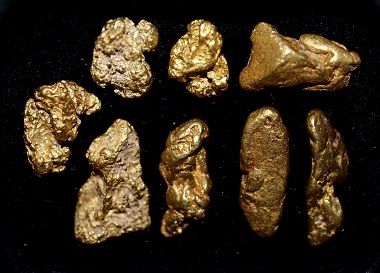Gold prospecting is a blend of art, science, and strategy that has captivated explorers for centuries. The core of successful gold prospecting lies in understanding the geological principles behind gold deposition, combined with the proper techniques and tools to find it. Gold occurs naturally in a variety of geological settings. Its primary sources are gold-bearing ores found in rock formations, typically quartz veins and placer deposits. Placer deposits, which are the focus of many prospectors, are concentrations of gold that have been eroded from their primary source and carried by water to areas like riverbeds, beaches, and floodplains. These deposits are generally found in sediment layers where the heavy gold particles settle, as gold is much denser than most other minerals.
Geologists categorize gold deposits into two major types: lode primary and placer secondary. Lode deposits are gold trapped within rock formations, often in quartz veins that have been altered by geological processes like heat and pressure. These veins are typically found in mountainous regions, where tectonic activity has lifted ancient rock formations to the surface. Placer deposits, on the other hand, are formed when lode gold is released through natural weathering processes, carried by streams, rivers, or glaciers to more easily accessible locations. Understanding the nature of these two types of deposits is essential to finding gold, as prospectors must choose the correct methods to explore both types effectively. To locate gold, prospectors begin by researching geological maps and data, looking for regions where gold deposits are known to have been found historically. Geophysical methods like ground penetrating radar and magnetometry can help detect underlying structures or mineralized zones. Once in the field, traditional methods like panning, sluicing, and dry washing are employed to sift through sediment, hoping to find gold paydirt particles.
These techniques rely on the principle that gold is dense, and can be separated from lighter materials by water or air. In addition to physical techniques, modern gold prospecting also involves technology such as metal detectors and geochemical analysis, which have made the search more precise and efficient. Metal detectors, for example, can identify the presence of gold buried just below the surface, while geochemical methods analyze soil or rock samples to detect trace amounts of gold. Successful gold prospecting requires a deep understanding of both the geology of gold and the tools and techniques used to extract it. It combines patience and persistence with knowledge of the earth’s geological processes, making it a rewarding but challenging endeavor. The key to a successful gold hunt lies in integrating these elements geology, technology, and method into a coherent strategy tailored to the local landscape.
You may also like
-
Replica Watches – Luxury Can Wear Without Breaking the Bank
-
Hemp Revolution – Transforming Wellness, Beauty, and Everyday Essentials
-
How Stylish Anime Panties are Setting New Trends in Intimate Apparel
-
Bringing the Night to Life – Fireworks Shop Has It All
-
The Men’s Leather Jackets – Crafted for the Modern Gentleman